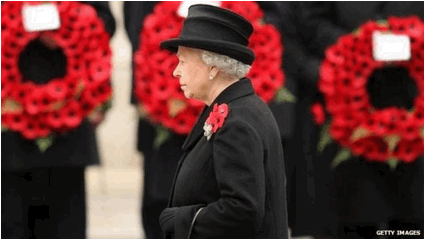Extracts for English Reading 9+/10+ Test 3
Extract 1
What is Remembrance Day?
by CBBC Newsround

Armistice Day is on 11 November and is also known as Remembrance Day. It marks the day World War One ended, at 11am on the 11th day of the 11th month, back in 1918.
A two minute silence is held at 11am to remember the people who have died in wars. There is also Remembrance Sunday every year, which falls on the second Sunday in November. There are usually ceremonies at war memorials, cenotaphs and churches throughout the country. The royal family and top politicians gather at The Cenotaph in Whitehall, London, for a memorial service.
The anniversary is used to remember all the people who have died in wars, not just World War One. This includes World War Two, the Falklands War, the Gulf War, and conflicts in Afghanistan and Iraq.
Why do we hold a two minute silence?
The first two minute silence in Britain was held on 11 November 1919, when King George V asked the public to observe a silence at 11am. This was one year after the end of World War I. He made the request so "the thoughts of everyone may be concentrated on reverent remembrance of the glorious dead".
The week before 11 November, you'll see people on the TV and in the streets wearing a poppy. But what are they for? Poppies are red flowers which are worn to show others that you are remembering those who died for their country. The reason poppies are used is because they are the flowers which grew on the battlefields after World War I ended.
Poppies are also used to raise money for servicemen and women who are still alive but whose lives have been changed by war. The charity that runs the Poppy Appeal is called The Royal British Legion. Each year, volunteers will sell these poppies in the streets all over Britain. You can decide how much money you want to give to the poppy sellers.